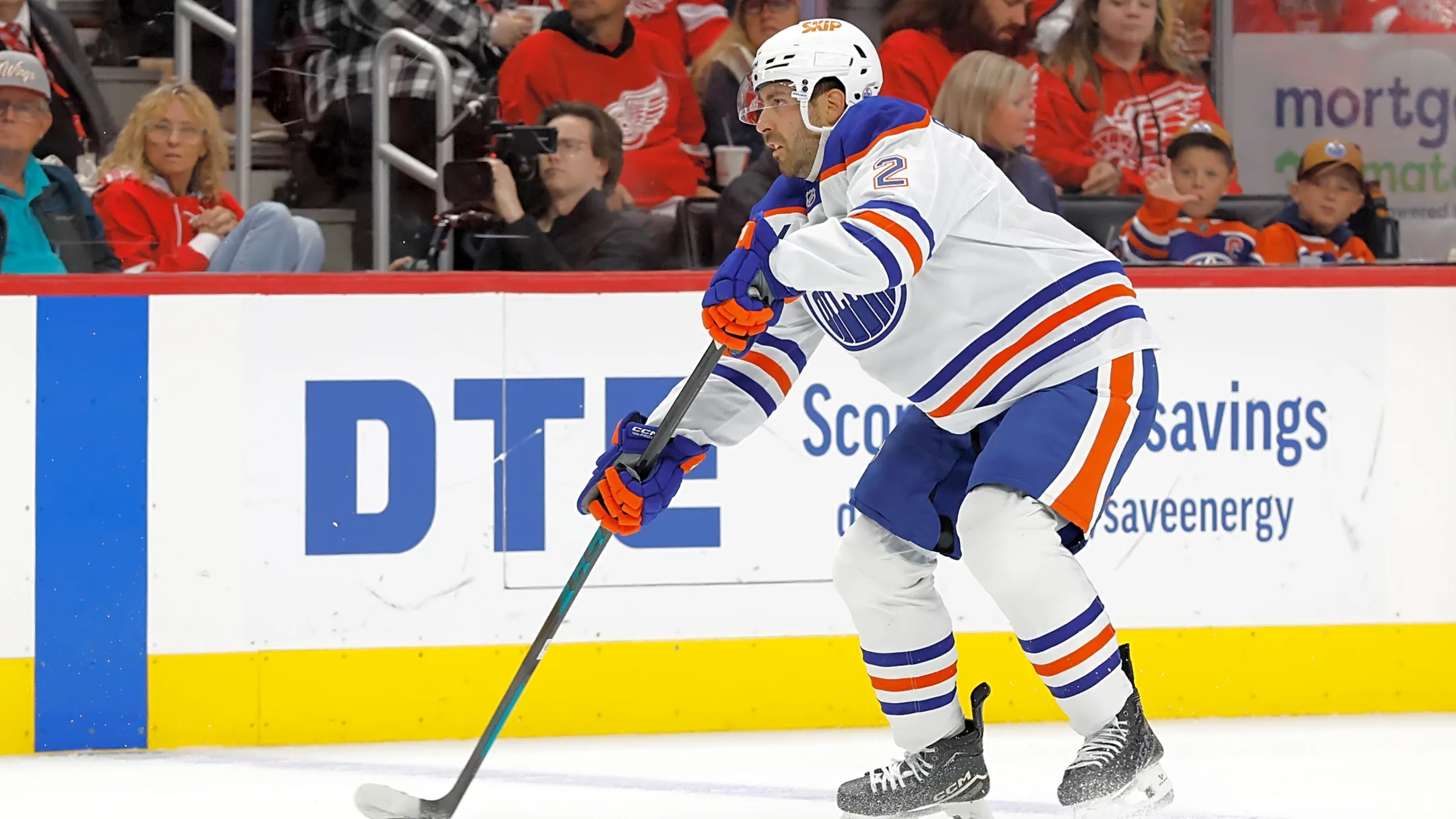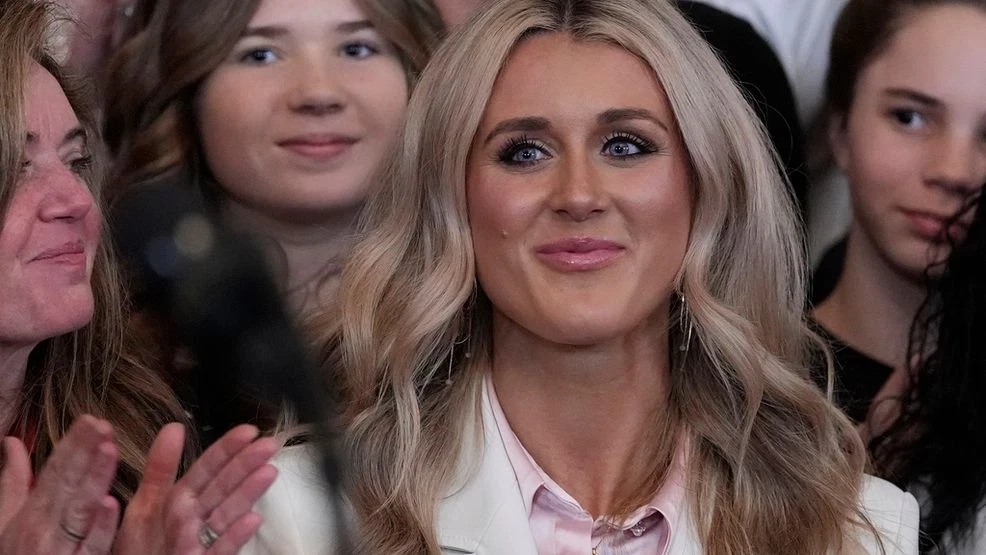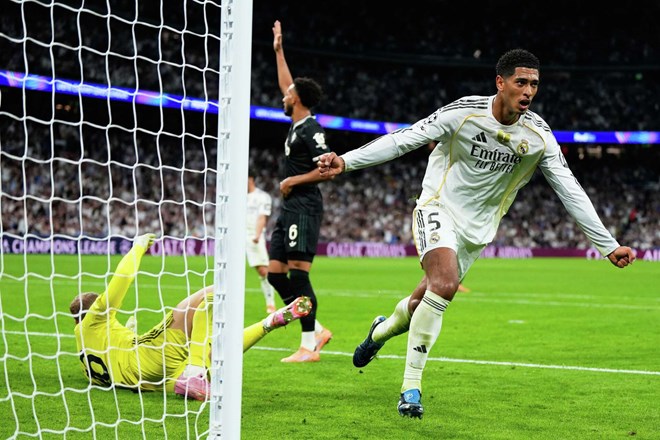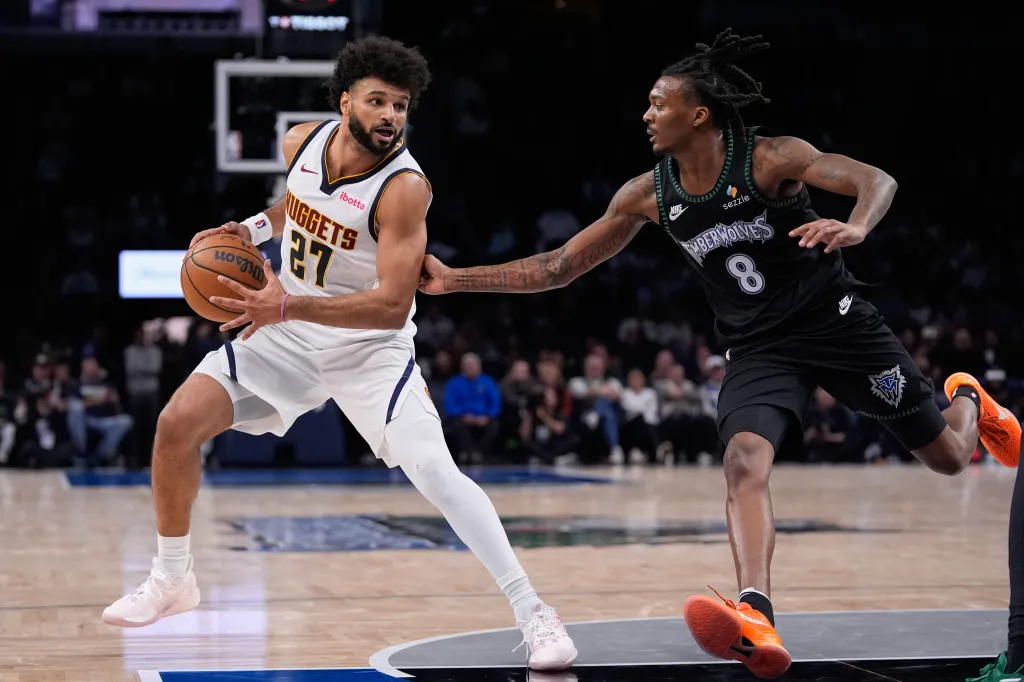Copyright yardbarker

Evan Bouchard has time and again proven himself as an elite puck-moving defenceman who can drive play offensively while maintaining solid defensive responsibility. However, through the first 10 games of this season his performance has been a stark contrast to the player the team needs. His 2024–25 campaign easily put him as one of the league’s premier young blueliners. But just ten games into the 2025–26 season, that image has cracked. His numbers are down and the mistakes that once seemed like growing pains now look like signals of a deeper problem. For a team still chasing its first Stanley Cup since 1990, the question is no longer whether he can hit elite levels, it’s what on earth has gone wrong with Evan Bouchard? Evan Bouchard’s early numbers hint at a troubling regression Bouchard’s 2024–25 numbers were career highs across the board: 14 goals, 53 assists, 67 points, and a +14 rating over 82 games. He was top ten among NHL defencemen in scoring and ran Edmonton’s lethal first power play unit to perfection. His poise with the puck and ability to find seams through traffic made him indispensable. But the early returns this season have been sobering. Through ten games, Bouchard has just one goal and three assists, a pace that would barely crack 35 points over a full season. His plus-minus has cratered to -9 which is the worst among Oilers defencemen and he has been on the ice for 11 goals against at five-on-five. His average ice time which hovered around 23 minutes last year, has dropped below 19, and head coach Kris Knoblauch has started to shield him from certain defensive-zone starts. What’s even more concerning is what the underlying numbers say. Bouchard’s Corsi For percentage remains respectable at 55.2%, meaning the Oilers still control the majority of shot attempts when he’s out there. But that statistic masks a deeper issue in the quality of chances allowed. His expected goals against per 60 minutes (xGA/60) has ballooned to 3.42, up from 2.16 last year which is again one of the worst marks among regular Oilers defenders. That means opponents are generating more dangerous looks when he’s on the ice and those breakdowns have often been costly. Bouchard’s defensive lapses are becoming too costly to ignore The eye test confirms what the numbers only hint at. Bouchard’s defensive reads have been off, his gap control inconsistent and his puck management mediocre. Against the Islanders earlier this month, he turned over the puck at the blue line leading directly to a Mathew Barzal breakaway goal. In the same game, he got caught chasing the puck during a shorthanded sequence leaving Bo Horvat wide open for another tally. In Seattle, the lapses showed again. He was on the ice for all three Kraken goals including the game-winner by Jordan Eberle after Bouchard drifted out of position. The weight of a new contract Last season’s success came with the kind of reward that can change a career and add pressure in equal measure. Bouchard signed a four-year deal worth over $$40M making him one of the league’s higher-paid defencemen under 26. The contract was justified at the time. He was trending upward, quarterbacking the league’s most dangerous power play and forming a top-pair with Mattias Ekholm that finally seemed to give Edmonton stability. But the expectations that come with such a deal can be suffocating. With every defensive miscue and every game where the top unit fails to connect, Bouchard’s play has been dissected. Analysts on TSN and local Edmonton radio have pointed out that he looks hesitant and “caught between two decisions” and that his once crisp breakout passes now carry hesitation. Some attribute it to confidence, others to fatigue but everyone seems to agree that the Bouchard on display this October isn’t the same one who closed out last season. Evan Bouchard’s offensive rhythm has vanished with the power play The irony of Bouchard’s slump is that his offence, his calling card, has also cooled. Last season, he led all Oilers defencemen with 241 shots on goal and ranked second on the team in power play points behind only Connor McDavid. His puck movement from the point was vital to creating space for McDavid and Leon Draisaitl to work their magic. This year, that smooth orchestration hasn’t been there. The power play once automatic, has stumbled to a 19.5% success rate, down nearly ten percentage points from last season. While it’s unfair to pin that entirely on Bouchard, the drop in tempo and sharpness on zone entries has been noticeable. When his offensive rhythm is off, it easily ripples through his defensive play. Bouchard thrives when he’s dictating pace and when he is confident and engaged in transition. But when he’s not driving offence, his defensive zone play becomes reactive and that’s when the errors mount. It’s a cycle Edmonton desperately needs him to break. Analytics show how far Bouchard’s game has slipped Dig deeper and the analytics show how far his game has slipped. Evan Bouchard’s defensive zone retrieval success rate which is a measure of how often a player successfully recovers pucks under pressure and moves them out of danger has fallen from 72% last season to 58% this year. His giveaways per 60 minutes have nearly doubled. Even more telling is his expected goals share (xGF%) at even strength now at just 43%, meaning the Oilers are getting out-chanced when he’s on the ice. Last year, that number was north of 57%. For a player who was once one of the best transition defencemen in the Western Conference, the regression has been steep. When Bouchard struggles, the ripple effect is immediate. His partner, typically Mattias Ekholm , is forced to cover more ice which exposes him to his own share of criticism. The Oilers top pairing has gone from being a net-positive possession unit last season to a liability against top competition. And with the Pacific Division tightening those mistakes are costing Edmonton points in the standings. System tweaks have left Bouchard searching for his fit There’s also a fair question about system fit. Kris Knoblauch has tweaked the Oilers defensive approach since last season placing a greater emphasis on quick zone exits and reduced reliance on long stretch passes. In theory, this should have played to Bouchard’s strengths of puck retrieval and breakout precision. But the early execution has been uneven. However, Evan Bouchard’s mistakes have become even more public, and there’s a sense that the leash is tightening. He has seen reduced minutes late in games and at times, has been kept off the ice in key defensive situations. Confidence has become Bouchard’s biggest opponent Confidence is a fragile currency in hockey and sports in general, and for offensive defencemen, it’s everything. When Bouchard is confident, he plays with tempo joining the rush, and snapping pucks through traffic. When he’s not, he becomes static retreating into his own zone relying on safe plays that often backfire anyway. His body language by the eye lately suggests a player second-guessing himself. Passes that used to be automatic are now delayed by half a second. Defensive reads come a step too late. The mental fatigue of mistakes and public scrutiny can compound quickly and definitely in a hockey-mad market like Edmonton. Teammates have defended him, with Connor McDavid calling Bouchard “a huge part of our team and someone we’ll keep believing in.” But belief only carries so far when the errors are leading directly to goals against. Oilers need Bouchard to rediscover himself before it’s too late The good news if there is any is that there’s still time. Evan Bouchard is too talented, too polished a puck-mover to stay mired in a slump all year. His track record suggests a player capable of adjusting. But it will take focus and perhaps a shift in mindset. Simplifying his defensive approach and relying less on risky blue-line pinches could help stabilize his game. Edmonton’s Stanley Cup window is open now, not later. If Bouchard can’t rebound, it will not only hurt their defensive structure but also undermine the offensive rhythm of their elite forwards. If he can recalibrate his game and rediscover the confidence that powered his breakout year, the Oilers’ blue line will regain its identity.



